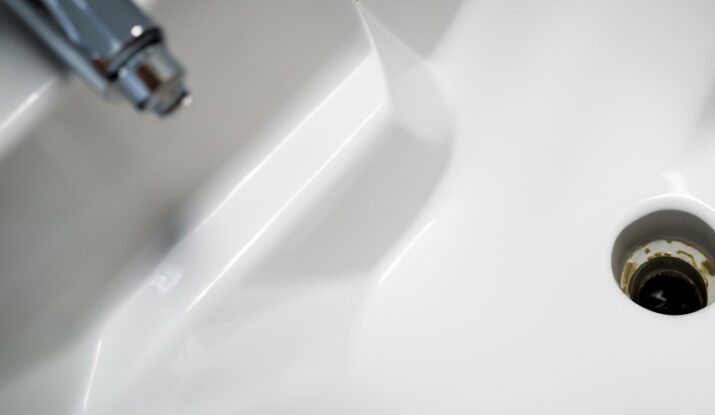Clogging in sewer lines can be a common issue in every home. This typically occurs when we neglect regular cleaning of the sewage lines. Improper drainage of wastewater in sinks and bathrooms is the initial sign of a sewage problem. If not addressed in a timely manner, the situation can worsen, resulting in sewage spills inside the home. This poses a direct threat to the health and hygiene of individuals, as it can spread serious waterborne diseases such as hepatitis A, cholera, and typhoid. To prevent such occurrences, we provide you with a process to resolve this problem without requiring expert supervision. Simply follow these straightforward steps to get the job done.
Cleaning Instructions
- Prior to cleaning the drainage system, ensure your safety by wearing protective rubber boots, gloves, and a respiratory mask. This will prevent direct contact with contaminants that may contain germs and bacteria, potentially causing illness.
- Once you are properly protected, take a cup of baking soda and pour it into the clogged drainage system.
- Next, pour two cups of vinegar into the same location, allowing it to mix with the baking soda. Adjust the amount of vinegar as needed.
- When the baking soda comes into contact with the vinegar, it will produce carbon dioxide. This gas will create bubbles that will push through the drain, helping to eliminate the clog.
- Once the drainage system is clear of trapped waste material, toilet paper, and debris, pour hot water into the system and flush it completely. This will ensure that any remaining pollutants are drained away.
- If the clog persists, you can also use a long-handled brush to clean the sewage system, pushing down the contamination to prevent wastewater from collecting inside the home.
This is one of the easiest ways to address a sewage malfunction on your own. It significantly reduces the risk of encountering further serious drainage problems. However, it is advisable to seek professional assistance if you are unsure about handling this process on your own. Professionals are experienced in quickly and efficiently resolving such issues.
In addition to addressing sewage issues, proper cleaning of the bathroom is essential for maintaining hygiene and a clean living environment. The bathroom is a space that requires regular attention due to its frequent use and potential for harboring bacteria and germs. Follow these steps to effectively clean your bathroom:
- Start by wearing protective gloves to shield your hands from harsh cleaning chemicals and potential contaminants.
- Begin by spraying an all-purpose Manchester bathroom cleaner on the surfaces, including the sink, toilet, bathtub, and shower walls. Allow the cleaner to sit for a few minutes to effectively break down dirt and grime.
- Use a scrub brush or sponge to thoroughly clean the surfaces, paying close attention to areas prone to buildup, such as the toilet bowl, faucets, and tile grout. For tough stains, you may need to use a specialized cleaner or a mixture of baking soda and water.
- Don’t forget to clean the mirror and any glass surfaces using a glass cleaner and a lint-free cloth or paper towels.
- After cleaning, rinse all surfaces with water and wipe them down with a clean, damp cloth to remove any residue from the cleaning products.
- Finish by disinfecting the bathroom to eliminate harmful bacteria. Use a disinfectant spray or wipes specifically designed for bathrooms and follow the instructions on the product label.
- Pay attention to frequently touched surfaces, such as doorknobs, light switches, and toilet flush handles, as these can be hotspots for germs. Wipe them down with a disinfectant regularly.
- Finally, empty the trash bin, replace any used towels or mats, and ensure proper ventilation by opening windows or using an exhaust fan to reduce moisture and prevent mold and mildew growth.
Regular and thorough bathroom cleaning is crucial for maintaining a fresh and hygienic space. By following these steps, you can ensure a clean and healthy bathroom environment for you and your family.


